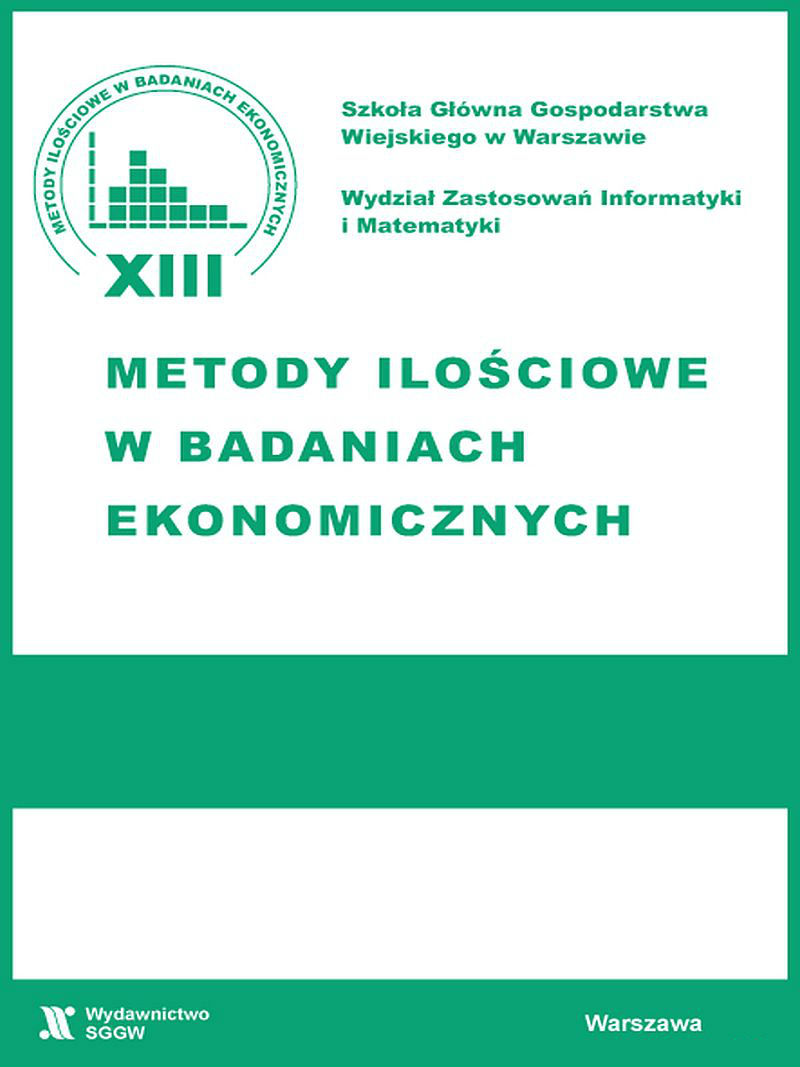German fiscal austerity effects on investments and exports in the central and eastern European countries
German fiscal austerity effects on investments and exports in the central and eastern European countries
Author(s): Victor Shevchuk, Roman KopychSubject(s): Supranational / Global Economy, EU-Approach / EU-Accession / EU-Development
Published by: Szkoła Główna Gospodarstwa Wiejskiego w Warszawie
Keywords: fiscal spillovers; Germany; Central and Eastern European countries; investments; exports;
Summary/Abstract: Fiscal austerity in Germany used to be blamed for a stagnant growth in the European countries. However, it seems not to be the case for the Central and Eastern European (CEE) countries. As it is established on the basis of vector error-correction model (VECM) estimates for quarterly series over the 2002-2015 period, a positive non-Keynesian spillover from the fiscal austerity in Germany to output in the CEE countries is realized mainly through an increase in investments, with the export channel being rather ambiguous across countries. Following an improvement in the German budget balance, there is a decrease in exports measured as percent of GDP in 6 out of 10 CEE countries. Depreciation of the real exchange rate (RER) is found for countries with exchange rate flexibility, while the opposite effect of RER appreciation is observed in countries with a fixed exchange rate arrangement. It is possible to argue that spillover effects of German austerity on the CEE countries are dominated by capital flows or confidence measures while foreign demand or relative price channels are rather weak.
Journal: Metody Ilościowe w Badaniach Ekonomicznych
- Issue Year: XVIII/2017
- Issue No: 1
- Page Range: 110-119
- Page Count: 10
- Language: English

